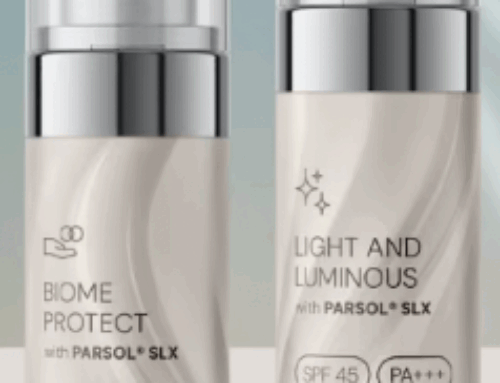If you have ever questioned whether your skin needs more hydration, more moisturization, or both, it is a common area of confusion in skin care. The two terms are often used interchangeably, but they address different needs within the skin. This article explains the difference, outlines how to identify what your skin is lacking, and provides guidance on selecting the right products and routines.
What is the Difference Between Hydration and Moisturization?
At first glance, both appear to address dryness, but the distinction lies in whether the skin is lacking water or oil.
Hydration refers to the water content of the skin. Hydrating ingredients, also known as humectants, draw water into the skin cells and help retain it, keeping the skin plump and elastic. Well-hydrated skin appears smooth, full, and light-reflective. Dehydrated skin may appear dull, feel tight, and show more fine lines or sagging.
Moisturization focuses on preventing water loss by creating a barrier on the skin’s surface. Moisturizers, which often contain emollients and occlusives, lock in hydration and smooth rough texture. Without this barrier, even well-hydrated skin can quickly lose water through evaporation.
| Aspect | Hydration | Moisturization |
|---|---|---|
| What it Targets | Water content in skin cells | Prevents water loss through evaporation |
| How it Works | Attracts and holds water in skin cells (humectants) | Forms a protective barrier to seal in hydration (emollients & occlusives) |
| Common Ingredients | Hyaluronic acid, glycerin, aloe, honey, panthenol, urea | Oils (jojoba, coconut, squalene), shea butter, petrolatum, lanolin, beeswax |
| Skin Symptoms | Skin looks dull, thin, wrinkled, tight feeling | Rough, flaky, visibly dry patches |
| Best for Skin Type | All skin types, especially dehydrated skin | All skin types, especially dry skin |
| Product Type | Hydrating serums, gels, creams with humectants | Creams, lotions, balms with emollients and occlusives |
| Usage Tips | Apply first before moisturizer; can use lightweight, water-based products | Apply after hydrator; richer creams for dry skin, lighter for oily skin |
How to Determine What Your Skin Needs
Many skin types benefit from both hydration and moisturization, but specific signs can help guide your approach:
- Signs of dehydration: Dull appearance, thin texture, increased visibility of fine lines, and a feeling of tightness.
- Signs of needing more moisture: Roughness, flakiness, or persistent dry patches that do not improve with lightweight serums alone.
- Signs of both: A combination of the above, suggesting the need for a layered routine that includes both hydrating and moisturizing steps.
Ingredient Reference
Effective Hydrating Ingredients (Humectants):
- Hyaluronic acid
- Glycerin
- Aloe vera
- Honey
- Panthenol
- Urea
These attract water from the environment or from deeper layers of the skin.
Effective Moisturizing Ingredients (Emollients and Occlusives):
- Shea butter
- Seed oils (jojoba, coconut, squalane, almond, rosehip)
- Petrolatum
- Lanolin
- Beeswax
These form a protective layer to lock in hydration and improve skin smoothness.
How and When to Use Each
- Order of application: Apply hydrating products first, such as serums or gels with humectants, followed by a moisturizer or oil to seal in water.
- Seasonal and skin type considerations: Oily or combination skin often responds best to lightweight, water-based hydrators paired with non-comedogenic moisturizers. Dry skin may require richer creams or balms, particularly in cold or dry climates.
- Internal support: Adequate water intake and a diet rich in water-containing foods support hydration, but topical products are necessary for visible improvement.
Practical Tips
- Apply moisturizer immediately after cleansing, while skin is slightly damp, to maximize water retention.
- Choose products suited to your skin type, and opt for fragrance-free, non-comedogenic options if your skin is sensitive or acne-prone.
- Use sunscreen daily to maintain skin health and prevent UV-related damage.
Hydration and moisturization are separate but complementary aspects of skin care. Hydrating products increase the skin’s water content, while moisturizing products help prevent water loss. Incorporating both approaches can support a balanced, healthy skin barrier and improve overall skin comfort and appearance.
References:
- “Hydrating vs. Moisturizing: What to Know for Healthy, Happy Skin” – Aveeno
- “Hydrating vs. Moisturizing: How They Differ According to a Derm” – Dermstore
- “Hydration vs. Moisture: How to Know What Your Skin Needs” – Medical News Today
- “Hydrator vs. Moisturizer: Does It Matter for Your Skin?” – Healthline





